Mastering Mismatched POs in Infor Systems Using DocBits Technology

In the complex arena of enterprise resource planning (ERP), managing mismatched Purchase Orders (POs) is a significant challenge for many businesses using Infor systems.
Optimise the way your company works with AI software!

In the dynamic world of entrepreneurship, time is money and the right technology can make the difference between a thriving business and inefficient operations.
Why Levenshtein distance is essential in document processing
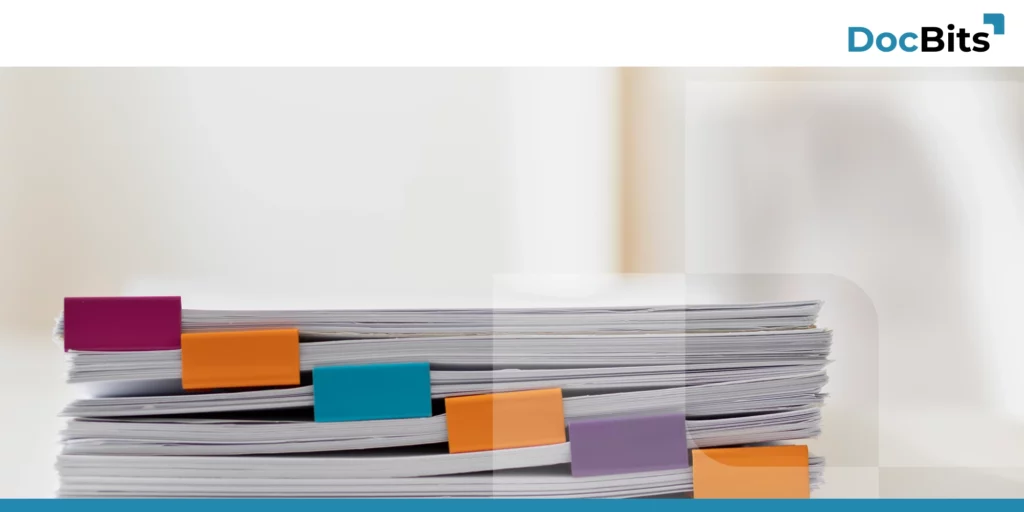
In this blog post, we look at how Levenshtein distance is used to correct common errors in text documents and why it is so valuable.
Intelligent Document Processing in Finance
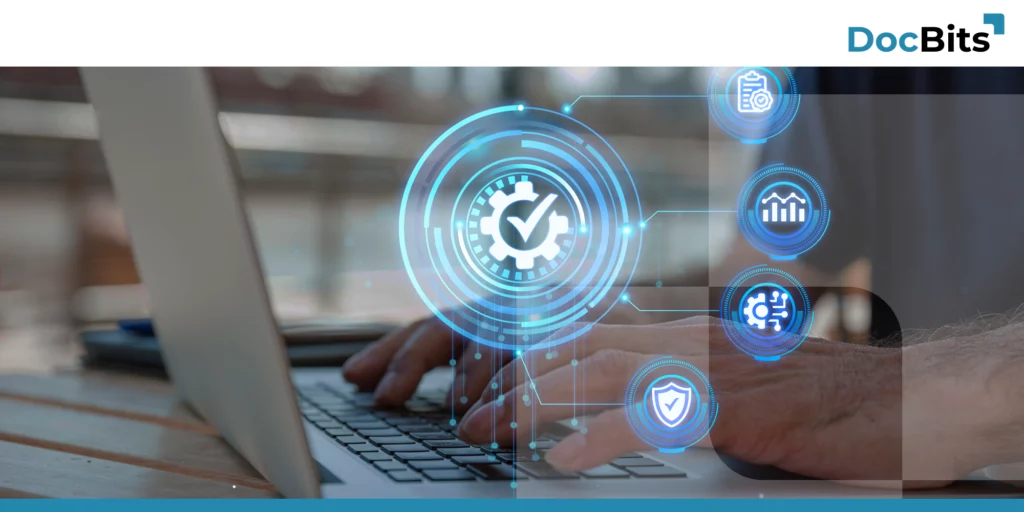
In today’s fast-paced business environment, ensuring efficient and accurate financial processes is critical.
Efficient invoice processing with DocBits
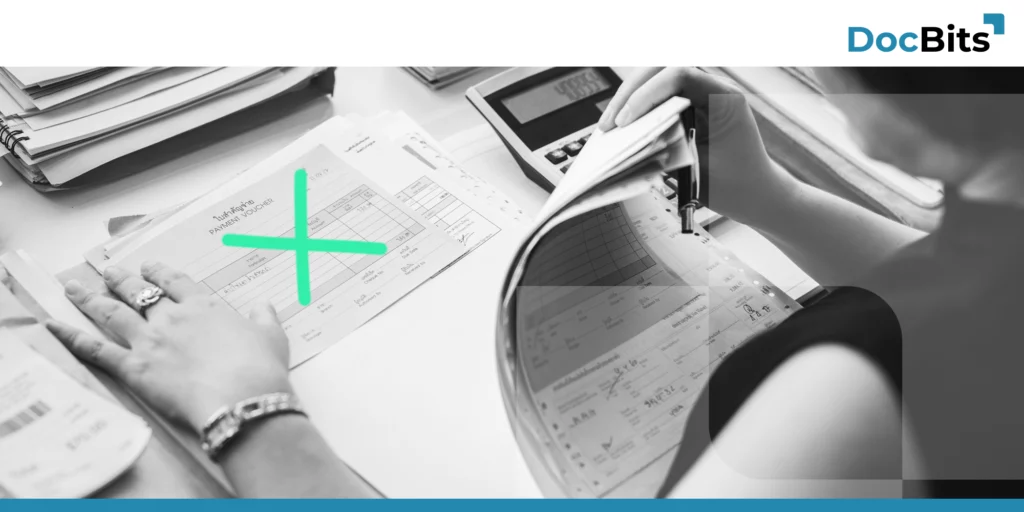
Efficient invoice processing with DocBits Simplify your document processing with AI Invoice processing is a time-consuming and tedious task that is a major challenge in many businesses. Not only can manually capturing, reviewing, and processing invoices take a lot of time, but it can also lead to human error. After all, as the saying goes, […]
How you can work with other companies to automate your document processing

How you can work with other companies to automate your document processing This might seem contradictory at first sight but it is really possible to optimize your processes by working in a community with other companies and even your competitors. This can be simply achieved by introducing swarmintelligence. So what does this term exactly mean? […]
We have received the order and it is being processed…
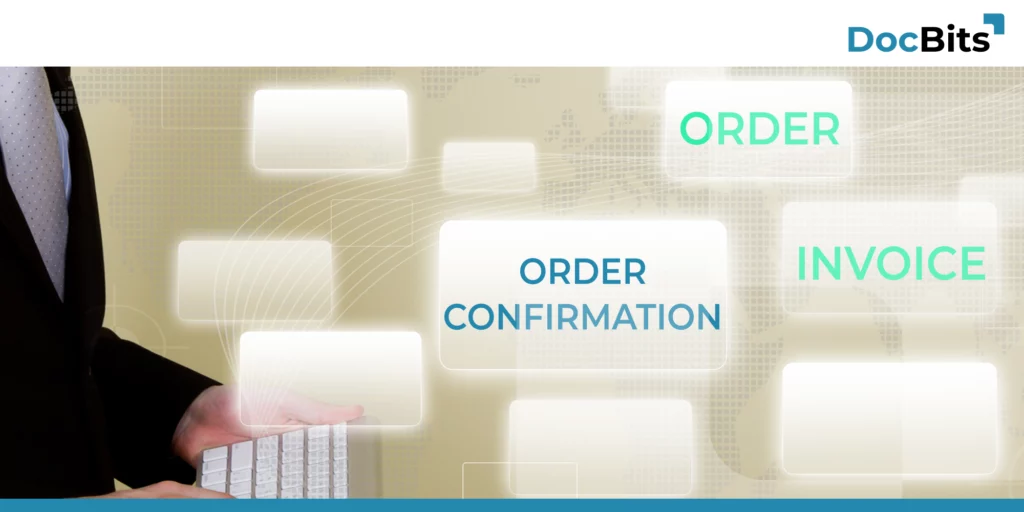
Ever heard or received a message of this kind? For sure. Everyone who has ordered from Amazon, has also ever received a message about the acceptance of his order. This message is nothing more than the so-called order confirmation (AB).
Online retail lives on it …
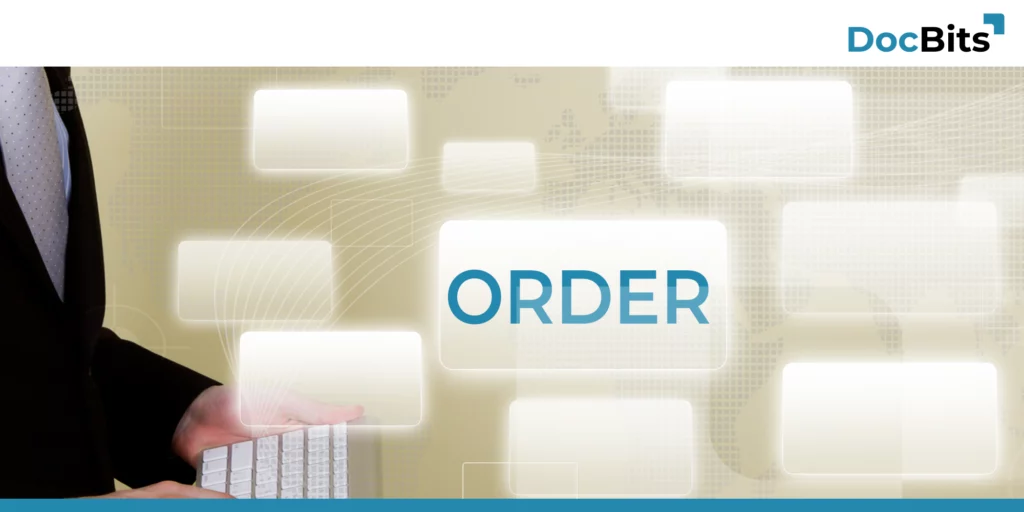
Without any order, online retail cannot survive. But orders are also the order of the day in manufacturing companies or for service providers. Orders are documents that companies either place or receive.
Document processing with DocBits Version 2.0
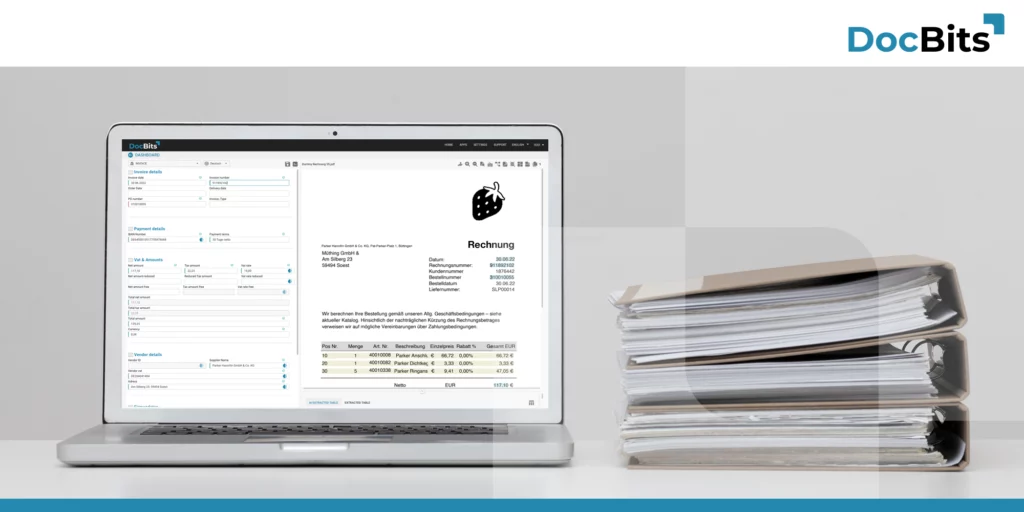
The extraction of data from PDFs and scanned documents might not be the most interesting or challenging issue of the century. It doesn’t give you the opportunity to control a robot, play virtual games or helps you express your creativity.